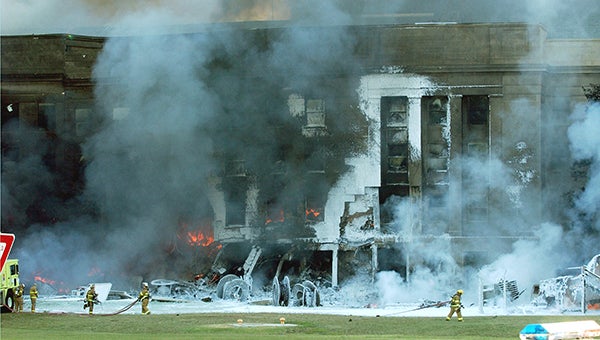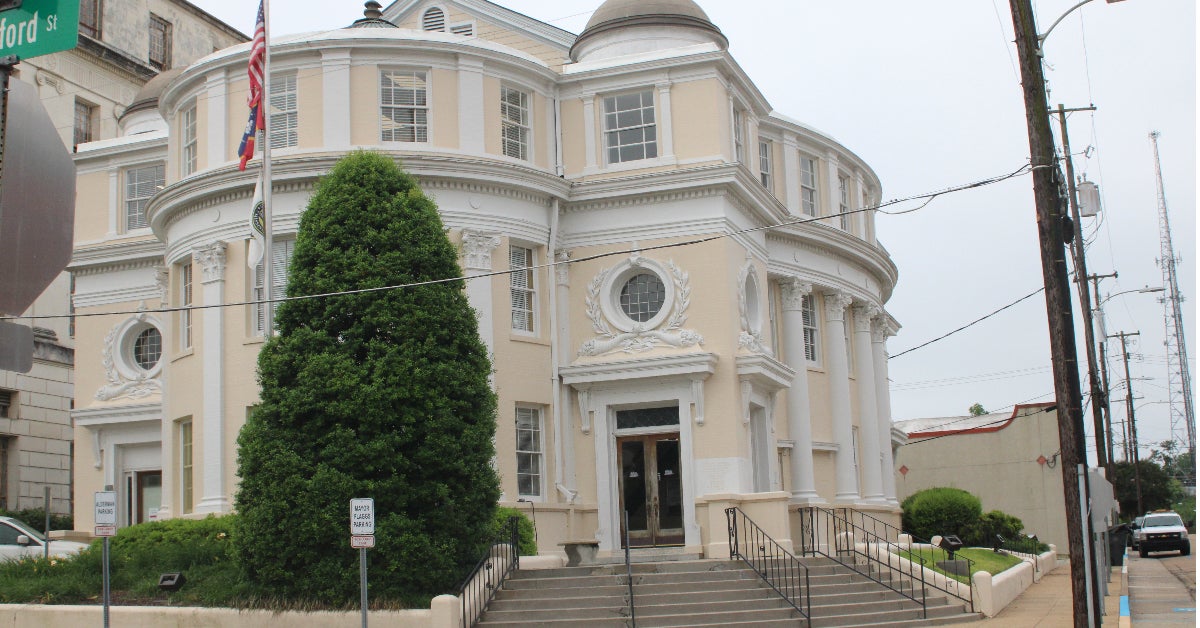ERDC designs helped save lives on 9/11
Published 12:10 pm Friday, September 11, 2015

- Firefighters work to put out the flames at the Pentagon on Sept. 11, 2001. The section building where the plane crash had recently finished renovations with elements developed at ERDC. (Cpl. Jason Ingersoll/ U.S. Marine Corps)
Construction methods developed at the U.S. Army Corps of Engineers Research and Development Center helped save lives during the Sept. 11, 2001, terrorist attack on the Pentagon, the Army’s deputy chief of engineers said Thursday.
Maj. Gen. Richard L. Stevens, the deputy commanding general and deputy chief of engineers for the Army, said construction techniques developed at ERDC allowed for evacuation of several floors of a section of the Pentagon during the deadly terrorist attack.
At 9:38 a.m. EDT on Sept. 11, 2001, American Airlines Flight 77 crashed into the Pentagon in Arlington, Va., less than an hour after two planes hit the towers of the World Trade Center in New York City.
“You all know the story of the destruction. You all know 125 individuals perished that day. What many folks don’t know and will appreciate is the role that ERDC played in saving lives that day. The wedge that the plane struck was the first that had been renovated in an ongoing 10-year renovation plan,” Stevens said during a keynote address at a change of command ceremony Thursday.
The overhaul design included many elements developed at ERDC including interlocking beams, ballistic cloth lining the walls and blast resistant glass.
“For 35 minutes after the initial crash destroyed the first and second floors, the third through the fifth floors stood in suspension. Because they remained in place, they allowed the evacuation of hundreds of personnel before those floors eventually did collapse because of the heat of the plane,” Stevens said.
If there had been no structural hardening, death and destruction could have been a hundred times worth, Stevens said.
“Folks, ERDC saves lives. That’s just one story we could tell,” Stevens said.
Stevens, a native of Indiana, had been stationed in that outermost section of the Pentagon along with other Corps officials from 1997 until 2000.
“When I left, my colleagues in the office had not yet relocated to accommodate the renovations,” Stevens said.
In 2001, he was the commanding engineer in Kosovo. The Eastern European county was recovering from the tail end of more than a decade of conflict known as the Yugoslav Wars.
“I distinctly remember watching the news coverage of that day and my immediate thoughts were of my Pentagon family. I didn’t know if they had relocated,” he said.





